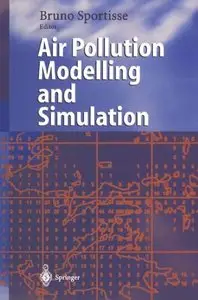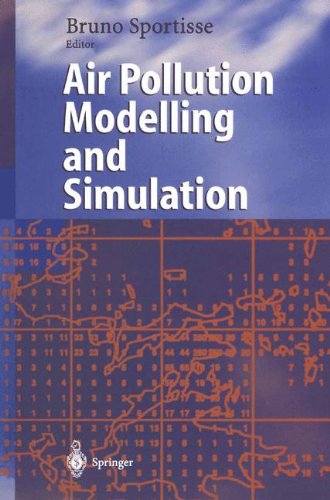Air Pollution Modelling and Simulation by Bruno Sportisse
English | Nov 30, 2010 | ISBN: 3642076378 | 592 Pages | PDF | 14 MB
English | Nov 30, 2010 | ISBN: 3642076378 | 592 Pages | PDF | 14 MB
These proceedings gather the written contributions presented during the second Conference APMS'2001 (Air Pollution Modeling and Simulation), which was jointly organized by the Ecole Nationale des Ponts et Chaussees (ENPC) and the Institut National de Recherche en Inforrnatique et en Automatique (INRIA). 3D comprehensive models are now widely used for Air Quality Modeling. They compute the distribution of trace gases in the troposphere by taking into account numerous processes simultaneously: transport (advection and diffusion), chemie al transformations, emissions and depositions processes. The applications range from physical understanding to forecast and we have to tackle many challenges. of each process, which is highly The first challenge concems the MODELING complex in itself. This inc1udes a key issue: multiphase modeling of gas-phase species, clouds and particulate matter (aerosols). A second challenge is numerical SIMULATION. These comprehensive models are computationally intensive due to the nonlinearity, the coupling and the wide range of scales to be handled with. The ability to use such models is subjected to the restrictions of today's computer technology. Appropriate numerical tools are necessary in order to benefit from the state of the art numeries. In addition, each phenomenon has to be supported by a large body of data, which are often difficult to describe with accuracy. This is related to the third challenge: DATA ASSIMILATION (more generally INVERSE MODELING) and all the relevant topics (use of adjoint models for instance).





